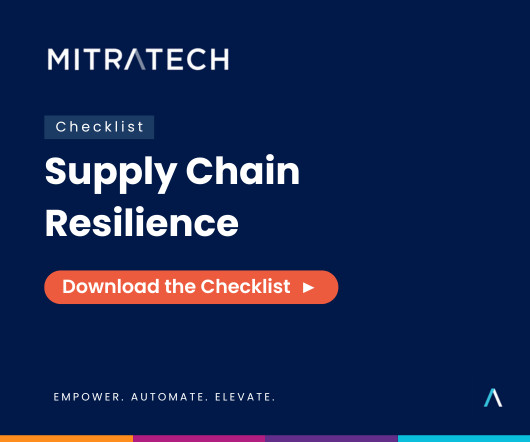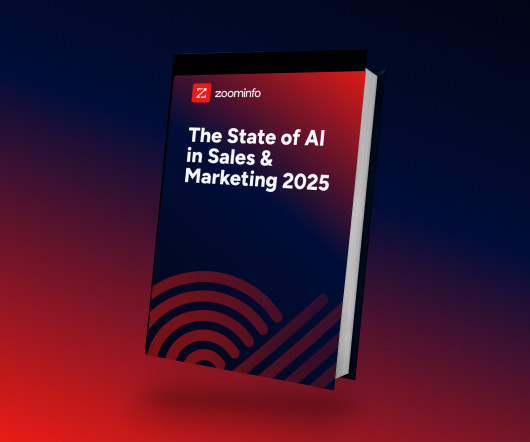3 Technologies Transforming Modern Manufacturing Techniques
USC Consulting Group
AUGUST 5, 2019
The U.S. economy is experiencing a period of job growth. The unemployment rate is at a low last seen more than 50 years ago , according to government data, and millions of jobs have been created since 2016, approximately 2.6 million of which were added to payrolls in 2018 alone. Manufacturing has helped lead the way, with the industry contributing $2.2 trillion to the nation’s gross domestic product in 2016 and over 85% of small-business manufacturers confident that the good times will con







































Let's personalize your content